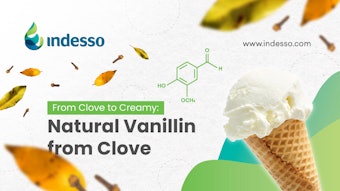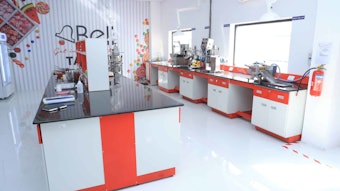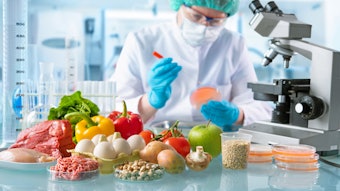Biotechnology, of which recombinant DNA technology is an important sub-discipline, has a long tradition in the production of food and flavors. Around 3500 BC, humans first started to use microbes for the production of wine, beer, bread and many other foods that became an indispensable part of the daily diet. In the beginning, such fermentations were carried out on a rather empirical level. Not until the discoveries of Louis Pasteur in the 19th century was the scientific basis laid. Isolation and controlled cultivation of microbes became possible, and about 20 years ago these techniques also found application in the production of various flavor chemicals.
In the early 1970s, recombinant DNA technology emerged and soon started to become a significant part of today’s biotechnology. Immediate impacts of this new technology were observed in pharmaceutical research. The first genetically engineered product, human insulin produced by bacteria, entered the market in 1982. Since then, more than 33 new drugs produced with recombinant DNA technology have been registered worldwide. In addition, 284 biotech drugs were in development in 1996, representing a three-fold increase since 1989.
A similar change has been initiated in the food industry by the introduction of the FLAVRSAVR tomato in 1994 as the first genetically engineered whole food. Today, recombinant DNA technology has definitely found its way into the food industry, underscored by more than 3,600 transgenic field trials carried out by 1995. So far, 18 genetically engineered agricultural products have been approved for commercialization. These include plants—such as corn, cotton, soybeans and potatoes—with improved pathogen/ pest resistance, herbicide tolerance and food quality.










